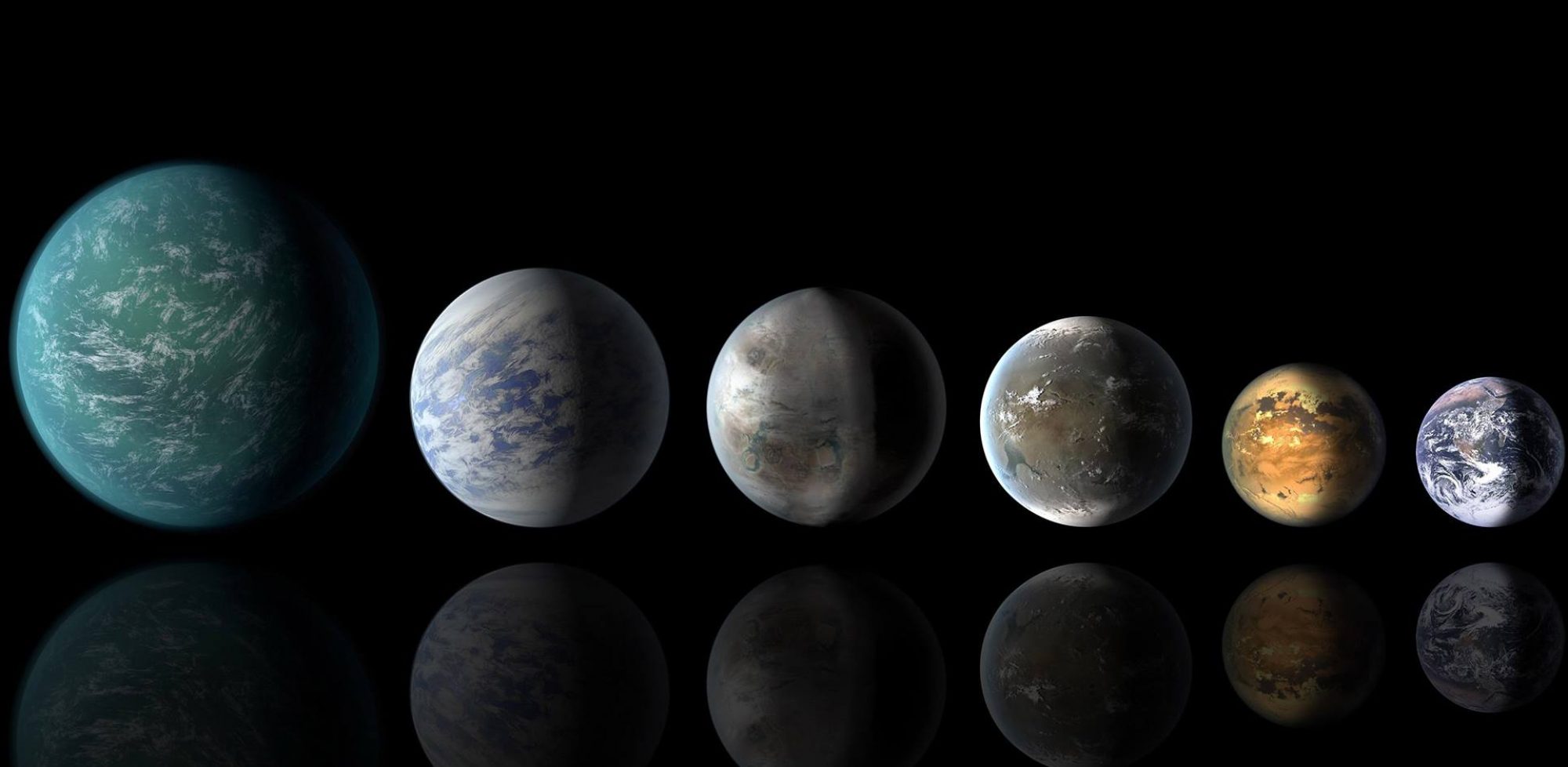Some two billion years ago, all of Earth may well have been covered in snow and ice. Oceans, continents, everything, and for many millions of years. Observed from afar, the planet would be pretty low on the list of planets that might conceivably support life. But we know that it did. Five hundred to seven …
Exoplanet Earth
Some two billion years ago, all of Earth may well have been covered in snow and ice. Oceans, continents, everything, and for many millions of years. Observed from afar, the planet would be pretty low on the list of planets that might conceivably support life. But we know that it did. Five hundred to seven …
Many Worlds, Subterranean Edition
One of the richest lines of research for those thinking about life beyond Earth has been the world of microscopic creatures that live in especially extreme and hostile environments here. The realm of extremophiles has exploded in roughly the period that exoplanet discoveries have exploded, and both serve to significantly change our view of what's …
Many Worlds, Subterranean Edition
One of the richest lines of research for those thinking about life beyond Earth has been the world of microscopic creatures that live in especially extreme and hostile environments here. The realm of extremophiles has exploded in roughly the period that exoplanet discoveries have exploded, and both serve to significantly change our view of what's …
Retro Exo and Its Originators
Exoplanets are mysterious, they're complicated, they're important, they're awe-inspiring. And, to a team of artists at the Jet Propulsion Lab, they're also totally fun. They're a topic for endless artistic creation because they're that remarkable combination of brand new and, surprisingly, comfortably familiar. Exoplanets may be weird and wild but they're also potentially home …
France and Exoplanets
For reasons all too regrettable, it seems appropriate today to highlight the extensive work being done in France and by French scientists to move forward the science of exoplanets. The American public tends to view space observatories and exoplanet research as largely the domain of NASA and our nation. While we are leaders for sure, …
On Super-Earths, Sub-Neptunes and Some Lessons They Teach
Part 2 of 2 With such a large proportion of identified exoplanets in the super-Earth to sub-Neptune class, an inescapable question arises: how conducive might they be to the origin and maintenance of life? So little is actually know about the characteristics of these planets that are larger than Earth but smaller than Neptune …
Continue reading "On Super-Earths, Sub-Neptunes and Some Lessons They Teach"
On Super-Earths, Sub-Neptunes and Some Lessons They Teach
Part 2 of 2 With such a large proportion of identified exoplanets in the super-Earth to sub-Neptune class, an inescapable question arises: how conducive might they be to the origin and maintenance of life? So little is actually know about the characteristics of these planets that are larger than Earth but smaller than Neptune …
Continue reading "On Super-Earths, Sub-Neptunes and Some Lessons They Teach"
On Super-Earths, Sub-Neptunes and Some Lessons They Teach
Part 1 of 2 When the first exoplanet was identified and confirmed 20 years ago, there was enormous excitement, a sense of historic breakthrough and, with almost parallel intensity, sheer bewilderment. The planet, 51 Pegasi B, was larger than Jupiter yet orbited its parent star in 4 days. In other words, it was much closer …
Continue reading "On Super-Earths, Sub-Neptunes and Some Lessons They Teach"
On Super-Earths, Sub-Neptunes and Some Lessons They Teach
Part 1 of 2 When the first exoplanet was identified and confirmed 20 years ago, there was enormous excitement, a sense of historic breakthrough and, with almost parallel intensity, sheer bewilderment. The planet, 51 Pegasi B, was larger than Jupiter yet orbited its parent star in 4 days. In other words, it was much closer …
Continue reading "On Super-Earths, Sub-Neptunes and Some Lessons They Teach"
